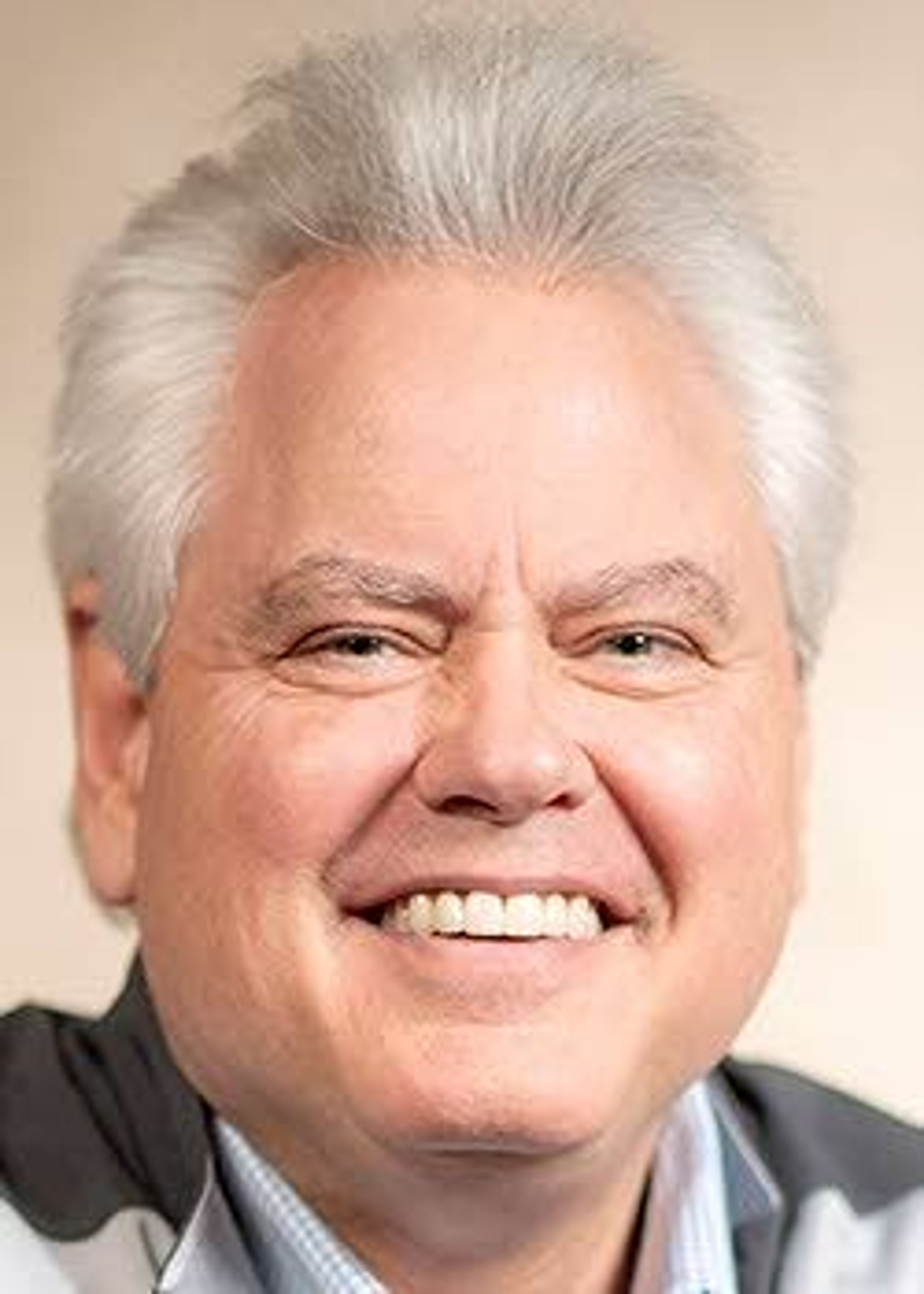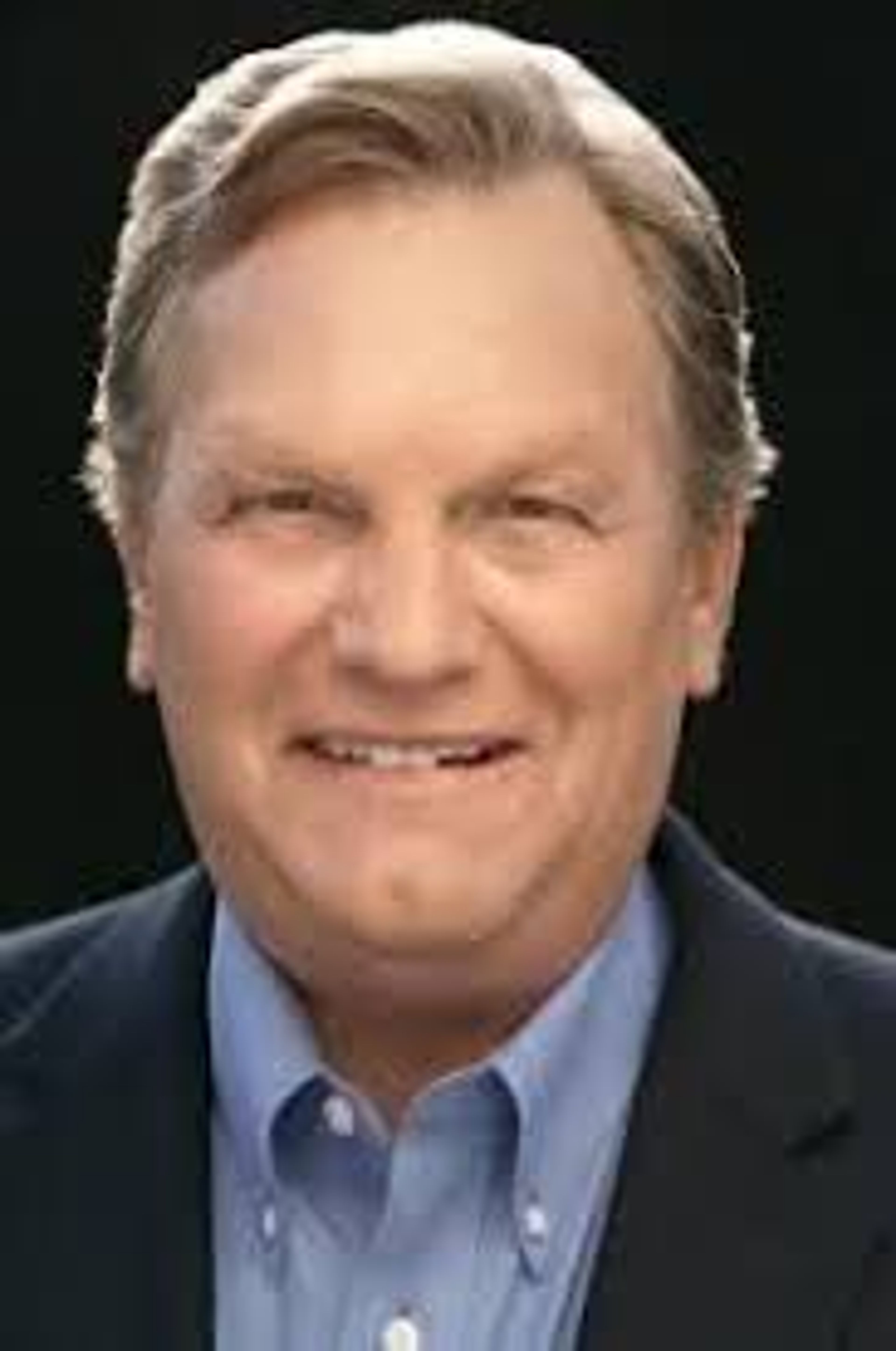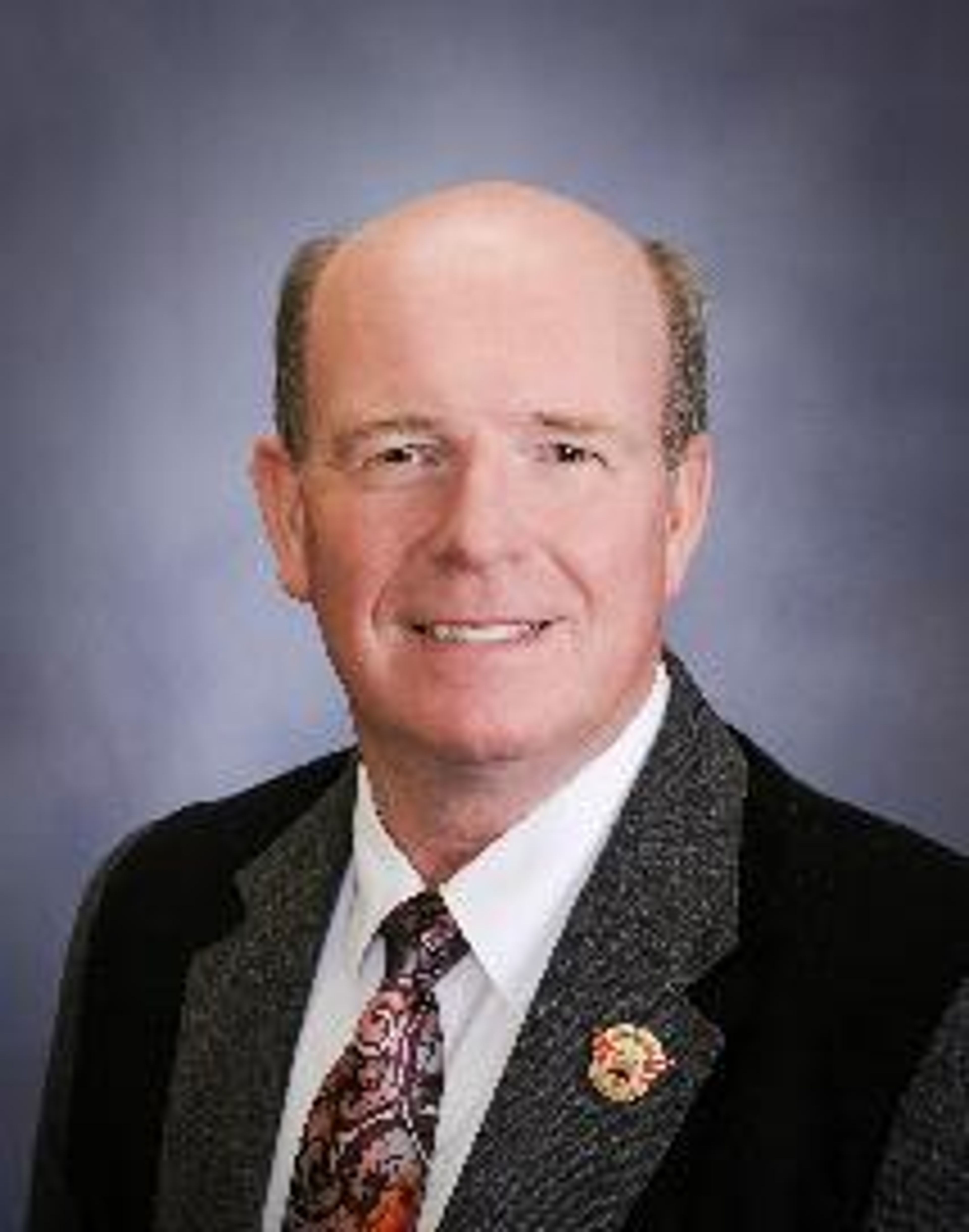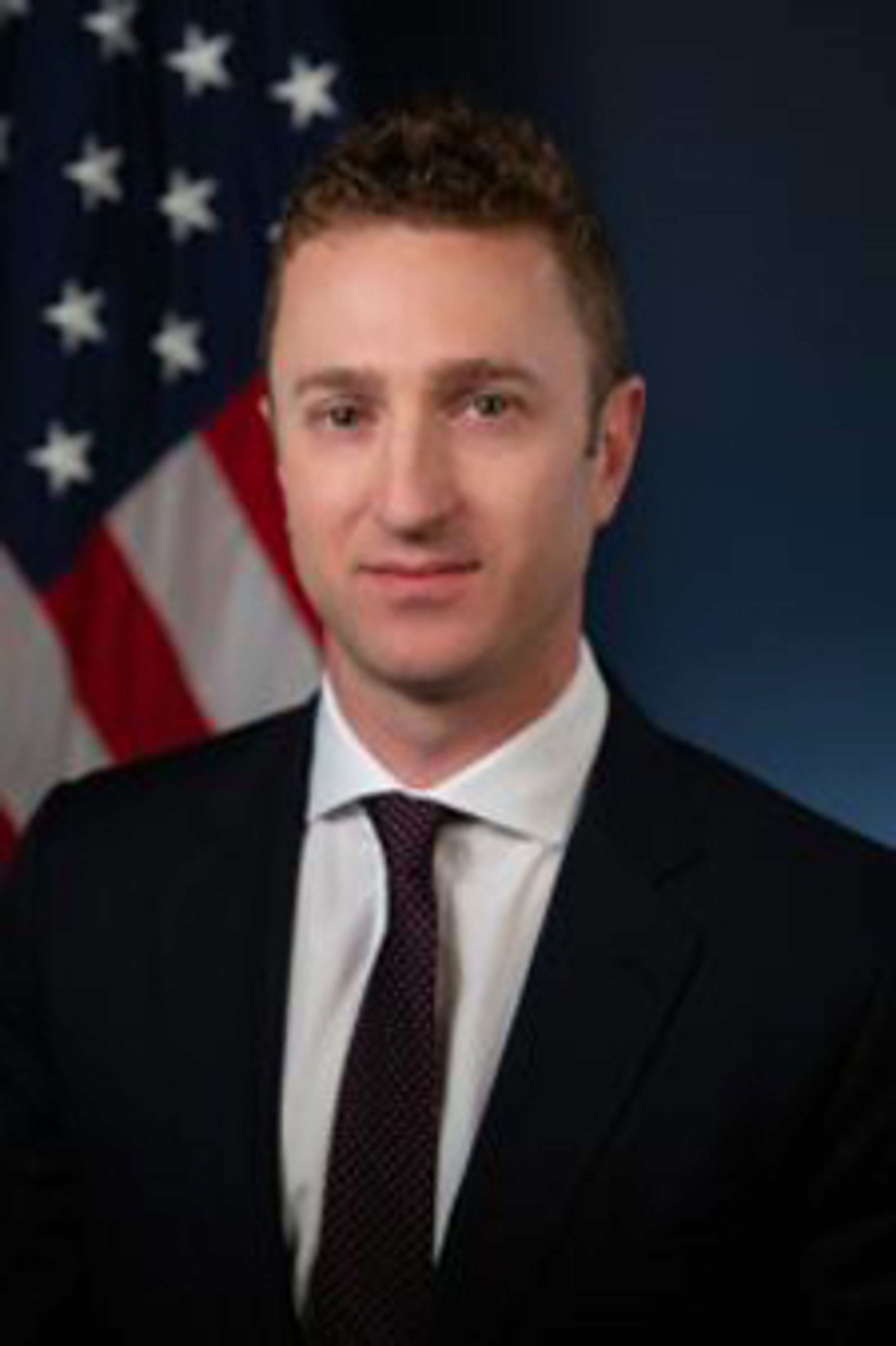University of Idaho rolling out new budget model
‘Vandal Hybrid Budget Model’ to be implemented in July, with focus on adaptability and rewarding performance
The University of Idaho announced this week it has moved to the execution phase of a new budgeting model that administrators hope will help build savings while rewarding performance.
In a virtual presentation to faculty and staff Thursday, UI President Scott Green said the university accumulated operating losses of about $45 million over the past three years but thanks to a system-wide effort to “right-size” the budget, the university exited fiscal year 2020 with a modest surplus of about $900,000.
While this is encouraging, Green noted the UI ran a deficit of about $5 million in December of last year and operating reserves have a negative balance of around $10 million — the state requires a reserve balance of around $20 million — saying “Obviously there’s more to do.”
“In October 2019, we convened a working group to look at our budget modeling and develop a recommendation around how we can ensure financial stability going forward and ensure we don’t find ourselves in the same place again,” Green said Thursday. “Today, after 17 months of deep thinking, debate, feedback and hard work, we’re entering the rollout phase of our new budget model that will guide resource allocation moving forward.”
Green said the new model starts small — at the academic level, 10 percent of individual college budgets will be “at risk” for fiscal year 2023, which starts next summer, and college leaders will have until that time to adjust performance to ensure they can retain that 10 percent.
Of that amount, 2 percent will be set aside for an Academic Affairs Strategic Pool which will be used to address structural issues, reward collaboration, recognize mission centrality and resolve emerging issues that come from the model.
The remaining 8 percent will be used for metric driven incentives — much of which is tied to enrollment. UI Special Assistant to the President Toni Broyles said this means as enrollment increases over time, the lion’s share of that new revenue will be directed toward colleges that are working hard to increase enrollment, as opposed to past practices where additional revenues were distributed incrementally and more or less equally across all units.
Assistant Vice President for University Budgeting and Planning Trina Mahoney pointed out the annual core needs of the university from year to year requires about $16.5 million.
“To put that in the context of enrollment, if we were to increase our enrollment by about 1,500 to 2,000 students, that would fund the $16.5 million,” Mahoney said.
Broyles said this level of growth is eminently doable, particularly because enrollment estimates factored into the proposal have been deeply conservative so as to avoid any mid-year adjustment.
“It just brings us back to where we were about fall 2010 (or) 2014,” She said. “That absolutely gets us in the range of where we need to be to fund everything we need.”
Other nonacademic sectors of the university, like those that support general operations, would work with executive leadership to identify appropriate metrics and goals to aspire to along those metrics. Anywhere goals are achieved, support units may receive additional funding depending on available revenue and need.
Over time, administrators said part of the goal will be to develop a measure of relative cost for delivering specific programs within each college. They said between now and when the model is officially implemented on July 1, university administrators will work with academic deans to determine individualized metrics for discerning success meeting institutional priorities and growing enrollment.
Green said university leadership will continue to monitor and assess the new budgetary model “as we go,” but emphasized that the move is critical to the fiscal wellbeing of the institution as a whole.
“Adopting this model will help prevent the deficit spending we’ve experienced the prior three years and, frankly, what we have experienced periodically throughout our history,” he said. “The things we are doing today will have a longstanding legacy for future generations of Vandals and underscore our ability to serve the people of Idaho for years to come.”
Scott Jackson can be reached at (208) 883-4636, or by email to sjackson@dnews.com.





